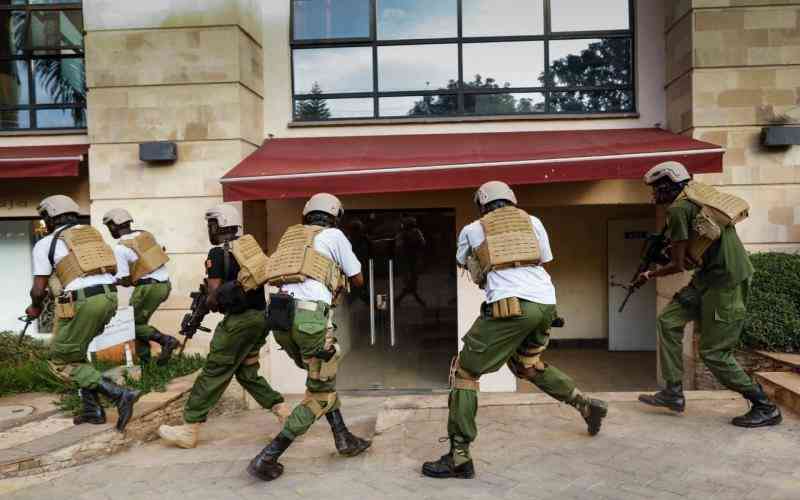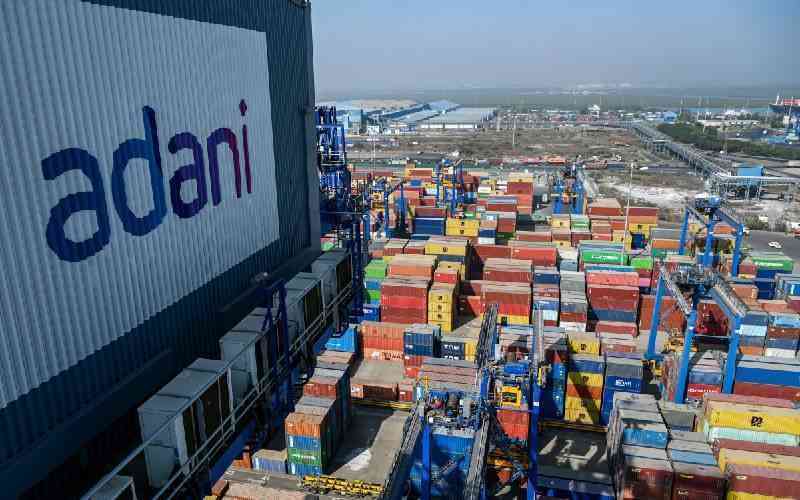By Alex Ndegwa
The 2009 census shows Kenya’s population has trebled since Independence, but contrary to earlier speculations it is still 1.4 million shy of the 40 million-mark.
The delayed results also show the Luo community, which until 1979 census was second, before being overtaken by the Luhya in 1999 census, is now the fourth largest – after being surpassed by the Kalenjin in the latest count. The outcome, presented by Planning Minister Wycliffe Oparanya at the Kenyatta International Conference Centre yesterday, showed the gap between men and women now stands at 225,000 — contrary to popular opinion the margin is wider. Men stood at 19,192,458 while women were 19,417,639.
The minister released data on ethnic affiliation considered ‘too sensitive’ in certain quarters, but which authorities said is essential in policy making.
According to the 2009 Census, the Kikuyu still top, as the largest community with a population of 6.6m, Luhya (5.3m), Kalenjin (4.9m), Luo (four million), and Kamba three million.
The figures show the number of Kenyan-Somalis – as opposed to members of the foreign Somalis – is 2.3 million, and that of Turkana nearly one million. But the Government has ordered a repeat of the count.
Political arithmetic
The other ethnic-based figures are: Kisii (two million), Mijikenda (1.9m), Meru (1.6m), Maasai (841, 622) and Teso (338, 833)
Officials defended collection and release of data detailing the population size of each of the listed 24 tribes, saying its use was much more than political arithmetic.
"The collection of this data is in line with international standards," said Anthony Kilele, the Director General of the Kenya National Bureau of Statistics.
Nairobi East is the most populous district with a population of 1.1 million. Embakasi, which has the highest number of registered voters, is also the most populated constituency with 925, 775 people. Siaya is the most populous rural district, with a population of 550, 224.
The least populated district is Laikipia North with a population of 32, 762, with Lamu East the least populated constituency with 18, 841.
Rift Valley is the most populous province with 10 million residents, followed by Eastern (5.6m), and Nyanza 5.4m. Central is fourth with a population of 4.38m, Western at 4.33m fifth, and Coast sixth with a population of 3.3m.
Stay informed. Subscribe to our newsletter
Nairobi and North Eastern have the least population with 3.1m and 2.3m people. The establishment of counties has, however, abolished provinces as homogenous administrative units.
Poor sanitation and lack of access to clean water continue to affect majority of Kenyans.
Less than 50 per cent of households in seven provinces do not have access to piped water. Only in Nairobi is piped water accessible to 75 per cent of households compared to seven per cent in Western.
Of the 1.2 million households covered during the census, main sewer services only 7.7 per cent. Except in Nairobi, where 47.7 per cent of households are connected to the main sewer, majority of Kenyans use pit latrines for waste disposal.
Radio is the most efficient mode of communication, with six million households having access to it while two million households have access to TV and five million mobile phones. There are 1.3 million disabled Kenyans accounting to 3.5 per cent of the total population.
Authorities termed criticism that census results, which had taken one year to release, were delayed as unfair, citing processing of comprehensive data.
 The Standard Group Plc is a
multi-media organization with investments in media platforms spanning newspaper
print operations, television, radio broadcasting, digital and online services. The
Standard Group is recognized as a leading multi-media house in Kenya with a key
influence in matters of national and international interest.
The Standard Group Plc is a
multi-media organization with investments in media platforms spanning newspaper
print operations, television, radio broadcasting, digital and online services. The
Standard Group is recognized as a leading multi-media house in Kenya with a key
influence in matters of national and international interest.
 The Standard Group Plc is a
multi-media organization with investments in media platforms spanning newspaper
print operations, television, radio broadcasting, digital and online services. The
Standard Group is recognized as a leading multi-media house in Kenya with a key
influence in matters of national and international interest.
The Standard Group Plc is a
multi-media organization with investments in media platforms spanning newspaper
print operations, television, radio broadcasting, digital and online services. The
Standard Group is recognized as a leading multi-media house in Kenya with a key
influence in matters of national and international interest.





